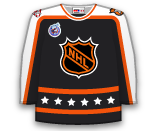Zibanejad has seen his ice-time increase in all three games since being recalled. He has one goal and one assist while averaging 14:05 TOI. The move to the second line will help the former sixth overall pick stay in the NHL.

Zibanejad has seen his ice-time increase in all three games since being recalled. He has one goal and one assist while averaging 14:05 TOI. The move to the second line will help the former sixth overall pick stay in the NHL.

Leblanc was recalled by the Habs on Sunday and will be in the lineup tonight with Travis Moen dealing with a face injury. He has four goals and two assists in seven games with Hamilton.

Gerbe has three goals and three assists in his first 11 games as a Hurricane. Carolina is forced to juggle their lines with Jeff Skinner out, and the team struggling to win games.
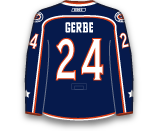
Moulson's value could take a hit as he leaves his close friend Tavares and lands on a line with a 23-year-old, just finding his way in the NHL. He has said he is going to "play his game", but how will that game work without Tavares? He will make his Sabres debut tonight vs. Dallas.
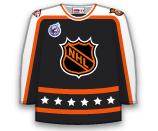
He was skating on the fifth line in Panther's practice this morning. It appears he will be a healthy scratch despite being the Panthers leading goal scorer, four goals in 11 games.
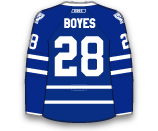
Grabner will return to the Islanders lineup after serving his two-game suspension for a hit on Nathan Gerbe. Grabner has two goals and six assists in eight games.
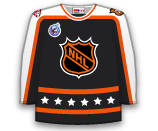
Morin has four goals and four assists (eight points) in eight games with the Rockford IceHogs (AHL). He has five career points in 13 games with the Blackhawks.
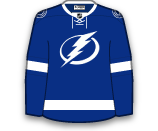
Dallas came out on the wrong end of the deal in 2011 when they sent James Neal and Matt Niskanen to Pittsburgh for Goligoski. He has really come out of the gate on a sour note posting no point and a minus-10 rating through eight contests. He will be paired with Jordie Benn this evening.

As expected Selanne is out for the tail-end of a back-to-back. The Ducks announced at the start of the season that the veteran will likely sit in one of two games of the back-to-back in order to keep him fresh.
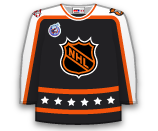
Martinek scored three goal in 13 games with the Islanders last season.
Boudreau stated at the start of the season that Selanne will sit the majority of back-to-back situations. Selanne was in the lineup last night vs. Montreal, so there is a good chance that he sits tonight.

Tatar has been either a healthy scratch or a third liner to this point, but this morning Mike Babcock had him skating with Henrik Zetterberg and Johan Franzen. Don't buy too much into this until he plays with them in a game, but after an embarassing 6-1 loss the other night, don't be surprised if Babcock keeps this shake-up intact tomorrow vs. New York.

Clarkson was involved in a preseason incident in which he left the Leafs bench to join a fight against the Buffalo Sabres. A native of suburban Toronto, Clarkson signed a huge seven-year contract with the Leafs this summer and was one of the most sought-after free agents. His addition to a Leafs team that's already playing well should be a significant boost.

Marchand has two assists in his last two games, his first points since the second game of the season. Being back with Bergeron should help his value.

Connauton will make his NHL debut tonight. He had two goals and four assists in nine games with Texas (AHL).

The Flames are looking for more out of Baertschi who has just one goal and three assists in nine games. Stajan will play in his first game since the season opener.
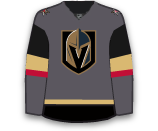
Zuccarello has struggled, recording no points in seven games.

Booth was a healthy scratch on Tuesday while the Canucks went with seven defenseman. He has struggled with one goal and two assists in 10 games.
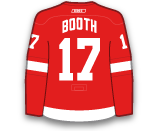
Goligoski has struggled so far, with a minus-10 rating in eight games. Kevin Connauton will enter the lineup if Goligoski is out.

Lecavalier missed three games with a lower-body injury. He will skate with Michael Raffl and Claude Giroux against the Rangers tonight. He has one goal and two assists in his first five games.
